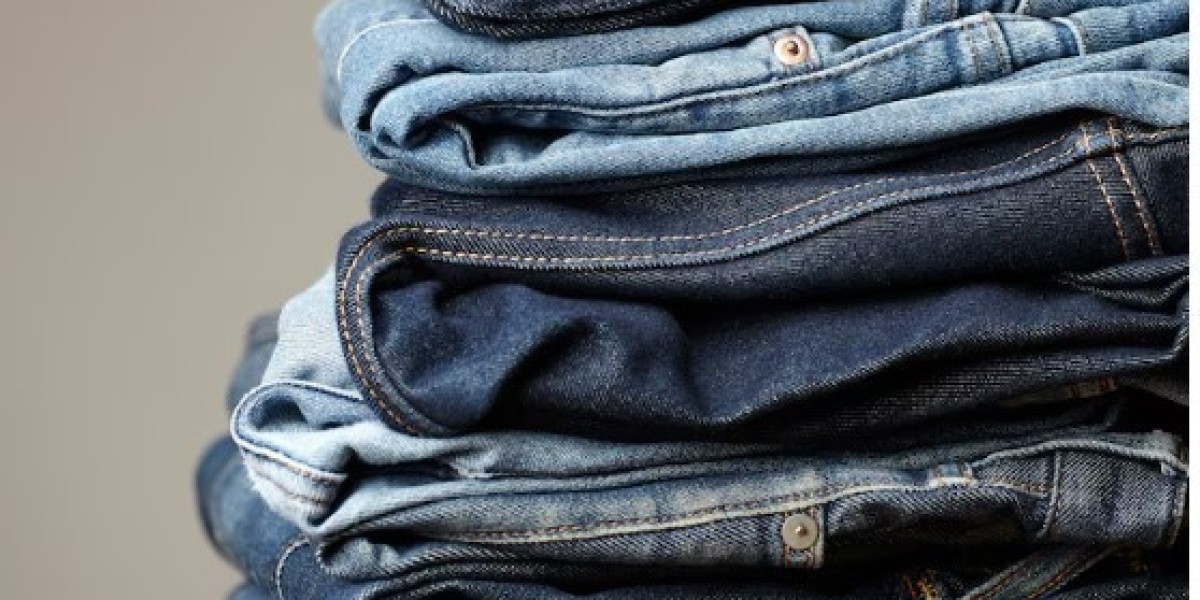Denim is not just a fabric; it’s a cultural staple that has woven itself into the very fabric of our lives. From its humble beginnings as durable workwear to its status as a fashion icon, denim has proven to be both versatile and enduring. In this article, we explore the rich history, various types, and styling possibilities of denim, illustrating its significance in fashion and everyday wear.
The Origins of Denim
The story of denim begins in the late 17th century in Nîmes, France, where it was originally created as a robust twill fabric known as "serge de Nîmes." The term "denim" is derived from this name. Initially designed for laborers, denim quickly gained popularity due to its strength and comfort. Its rise in the United States began during the California Gold Rush when miners sought reliable clothing that could withstand harsh conditions.
In 1873, Levi Strauss and tailor Jacob Davis changed the course of fashion by patenting the idea of using metal rivets to reinforce pockets on pants. This innovation not only improved the durability of jeans but also marked the birth of the iconic blue jean, which would go on to become a symbol of American culture.
The Evolution of Denim in Fashion
Over the decades, denim has evolved significantly. In the 1950s, it became a symbol of rebellion, adopted by youth culture and popularized by stars like James Dean and Marlon Brando. Wearing jeans became an expression of individuality and nonconformity.
By the 1960s and 70s, denim further expanded its influence with styles like bell-bottoms and flared jeans, reflecting the vibrant cultural movements of the time. The introduction of acid-wash and distressed styles added new dimensions to denim’s appeal. The 1980s saw the emergence of designer denim, with brands like Calvin Klein and Guess making jeans a luxury item. This transition solidified denim's status in both casual and formal fashion, allowing it to adapt to various contexts.
Types of Denim
Understanding the different types of denim can help you make informed choices for your wardrobe. Here are some popular varieties:
Raw Denim: This unwashed fabric maintains its original color and texture, developing unique fades and creases over time. Many enthusiasts appreciate its personalized character.
Selvedge Denim: Made on vintage shuttle looms, selvedge denim features finished edges that prevent fraying. This type is celebrated for its craftsmanship and durability, making it a favorite among connoisseurs.
Stretch Denim: Blended with elastane or spandex, stretch denim offers comfort and flexibility. It retains its shape while providing ease of movement, making it ideal for everyday wear.
Colored Denim: Going beyond classic blue, colored denim is available in a variety of shades, patterns, and textures. This trend allows wearers to express their creativity and personal style.
Styling Denim for Every Occasion
One of the greatest advantages of denim is its versatility. It can effortlessly transition from casual to formal settings. For a relaxed look, pair denim jeans with a simple t-shirt and sneakers. To elevate the outfit for a night out, consider adding a tailored blazer and ankle boots.
Denim jackets are timeless pieces that can be layered over dresses or paired with skirts for a chic look. Accessories play a crucial role in enhancing denim outfits; statement belts, trendy handbags, and stylish footwear can transform a simple outfit into a fashion-forward ensemble.
Conclusion
In conclusion, denim is a timeless fabric that has significantly impacted the fashion landscape. Its rich history, adaptability, and widespread appeal ensure that it remains a beloved choice for people of all ages. Whether you’re wearing classic blue jeans, experimenting with new styles, or opting for a stylish denim jacket, the enduring charm of denim allows for endless opportunities for self-expression. Embrace this iconic fabric and discover how it can enhance your wardrobe for years to come!









